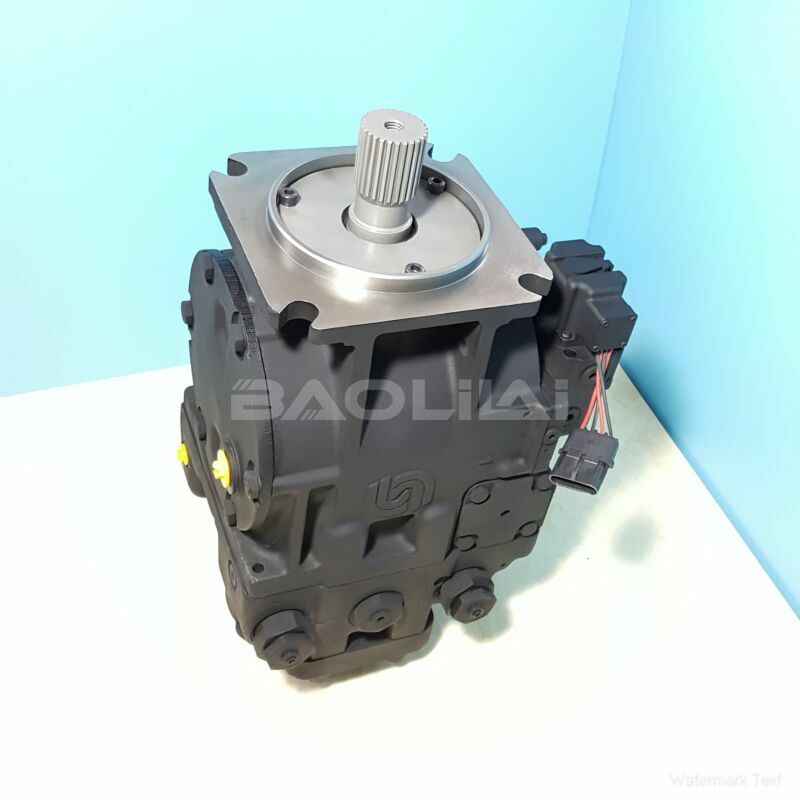90R250HF5DE80T4C8K03NNN322624 danfoss pump
90R250HF5DE80T4C8K03NNN322624 danfoss pump

- Product Details
- Applicable Scene
When it comes to selecting pumps for high-performance applications, the choice of equipment can significantly impact efficiency, reliability, and overall system performance. Danfoss TMV (Thermostatic Mixing Valve) pumps are recognized as a leading solution in this domain, offering numerous advantages that cater to the demands of modern industrial and commercial systems. Here, we dive into why Danfoss TMV pumps stand out as a superior choice for high-performance applications.
90R250-HF-5-DE-80-T-4-C8-K-03-NNN-32-26-24
90R250HF5DE80T4C8K03NNN322624
First and foremost, Danfoss TMV pumps are designed with advanced engineering that prioritizes energy efficiency. In an era where energy costs are a major concern for businesses, these pumps help minimize consumption while maximizing output. They operate on the principle of dynamic balancing, which ensures optimal performance across varying flow rates, making them ideal for applications with fluctuating demands.

83047220
Moreover, the reliability of Danfoss TMV pumps cannot be overstated. Built with high-quality materials and precise manufacturing processes, these pumps are capable of withstanding challenging operating conditions, including extreme temperatures and pressures. This durability translates to reduced downtime and maintenance costs, ensuring that operations run smoothly and efficiently.
Another key advantage is the versatility of Danfoss TMV pumps. They are suitable for a wide range of applications, including heating systems, district heating, and sanitary water systems. Their design allows seamless integration with existing systems, facilitating upgrades without the need for significant modifications or additional investments.
Danfoss also places a strong emphasis on innovation and technological advancement. Their TMV pumps incorporate smart features that allow for real-time monitoring and automation. This capability enhances control over the system, allowing operators to adjust settings remotely and optimize performance in response to varying demands. Such technologies boost productivity and contribute to energy savings, making them a smart investment.





